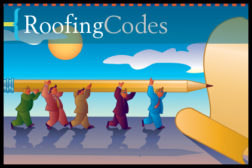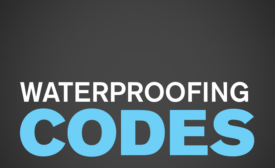Home » Publications » Building Enclosure
Building Enclosure

Fall 2024
Features
Back to TopCool Metal Roof and Wall Panels
A Key Contributor to Obtaining LEED Certification
August 7, 2024
Solar Panels and Metal Roofs
Optimizing Metal Roofs with High-Performance Coatings
July 31, 2024
Columns
Back to TopCodes
Back to TopDetails
Back to TopEnhance your expertise with unparalleled insights.
Join thousands of building professionals today. Shouldn’t you know what they know?
SUBSCRIBE TODAY!Copyright ©2024. All Rights Reserved BNP Media.
Design, CMS, Hosting & Web Development :: ePublishing


.jpg?height=168&t=1722601325&width=275)
.jpg?1723641079)





.jpg?height=168&t=1723729705&width=275)



.jpg?height=168&t=1728490440&width=275)